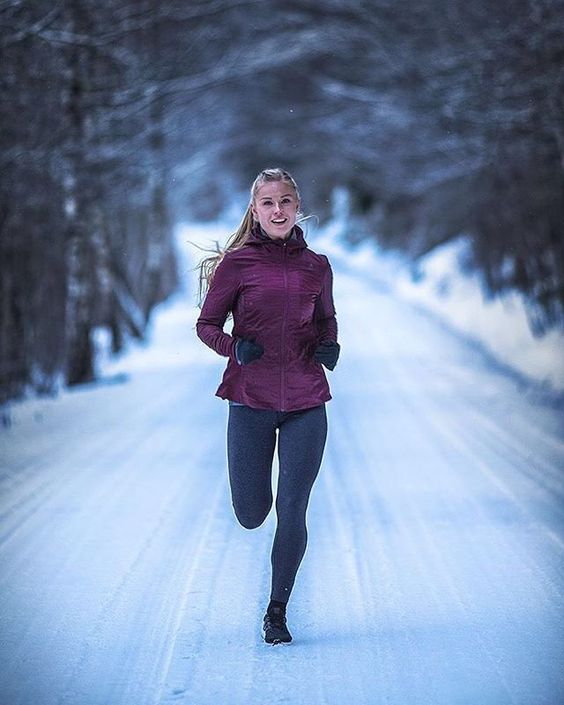
How to Keep Safe While Training Outside this Winter

While the world continues to wait for the pandemic to fade away, it’s fair to say that working out in the usual gym environment, with lots of other people close by, might not exactly be the most exciting prospect. Therefore, you could find much comfort in taking your training outside.
In winter, though, that poses its own problems – including the risks of slipping on icy surfaces or feeling frostbite or hypothermia set in. Here are a few measures you should seriously consider taking to mitigate the dangers that could await you in the chilly outdoors.
Let someone know where you’re going
This is especially worth heeding if your workout will be a lengthy run that could take you pretty far from your home or perhaps even your town. HuffPost advises that you inform a roommate, partner or parent about where you intend to run and for how long.
You could even use an app to share, with other users of that app, your running routes before you embark on them. While on the subject of apps…
Keep your phone close by
You probably weren’t contemplating leaving the house without it anyway, but it bears emphasis that your trusty little phone can serve as a crucial safety net if you do stumble into danger – for example, through injuring yourself or finding yourself in a situation where that could too easily happen.
However, you should strongly consider keeping your handset tucked away in an inside pocket rather than, say, leaving it peeking out of an outside pocket, where the elements could damage it.

Run against, rather alongside, the flow of traffic
If you will be running, you should – contrary to conventional wisdom – be wary of doing so in the same direction as the adjacent traffic. That tactic can be sound when the daylight hours are long – but, in winter, they aren’t, potentially leaving you at the mercy of drivers who don’t spot you.
When you can see vehicles approaching you as you run, it will be much easier for you to manoeuvre away from them if they are seemingly about to collide with you.
Keep up your fluid intake both before and during workouts
It’s too easy to assume that, simply because the temperatures outside will be lower, you don’t need to be quite as fussy about your water intake. However, even working out in cold weather can put you at risk of dehydration, Live Science warns.
For this reason, you should remember to thoroughly hydrate yourself both before you go outside and, from a reusable container, when you’re outside.
Dress both warm and dry

Though your workout attire should – at least initially – be worn in layers, it should also be easy to remove if you get warm, which can easily happen as you exercise.
However, you should also opt for athletic clothing that comprises moisture-wicking material like polyester – as, otherwise, your clothing could too easily soak up your sweat, CNET reveals. Fortunately, co-ords made from polyester can tick both of those vital boxes.













































